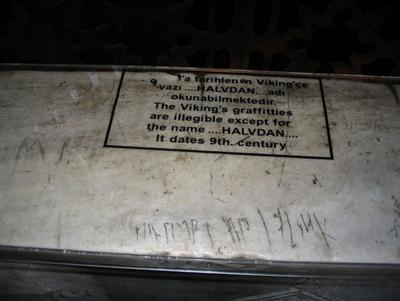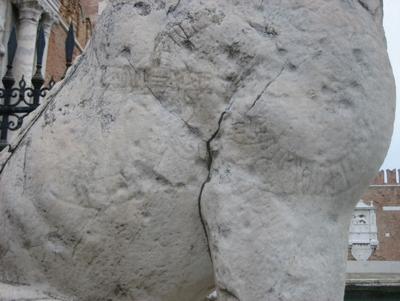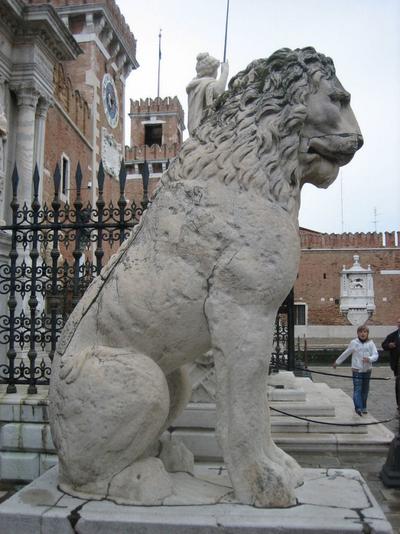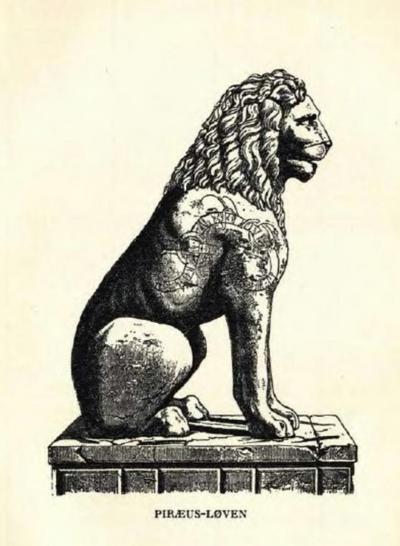Viking ”graffiti”
The traces that the Vikings left behind do not consist of nuanced written sources, which explain their activities. Instead they left behind short texts written in runes. Some of these shed light upon their travels in the world.
One of the most well-known examples can be seen in the mosque of Hagia Sophia in Istanbul, Turkey. Here two Vikings visited and carved their names in runes inside the building, which at that time was a church. They were called Halvdan and Are. Istanbul, which was then known as Constantinople, was the capital of Byzantium – one of the great powers of the 10th century. There are accounts that tell us about Viking expeditions to Constantinople, in which plundering took place. But it is also mentioned that Vikings were employed as bodyguards to the Byzantine emperor. Perhaps Halvdan and Are worked as bodyguards at the court?
A Viking and a lion
Another known example of Viking “graffiti” appears on a marble statue of a lion. In the Viking period it stood in Piraeus, the port city for Athens, at the time when Greece was part of the Byzantine Empire. A Viking apparently visited the city at some point. If you look closely at the lion, you can see a rune band twisting around its shoulder. Perhaps a Viking carved the long sentence whilst on a watch in Athens? Unfortunately, weathering and conflict over the years have resulted in the inscription now being difficult to decipher. Just like today, graffiti and tags were known in the Viking period.




